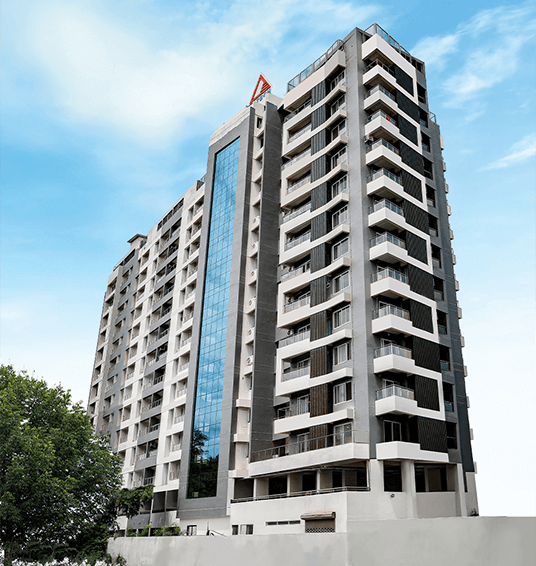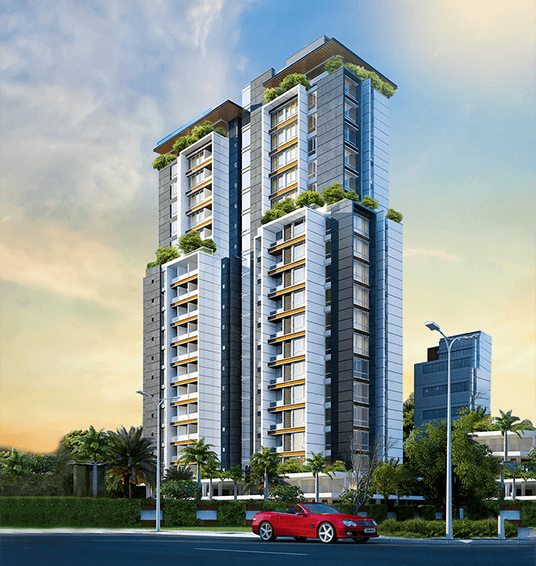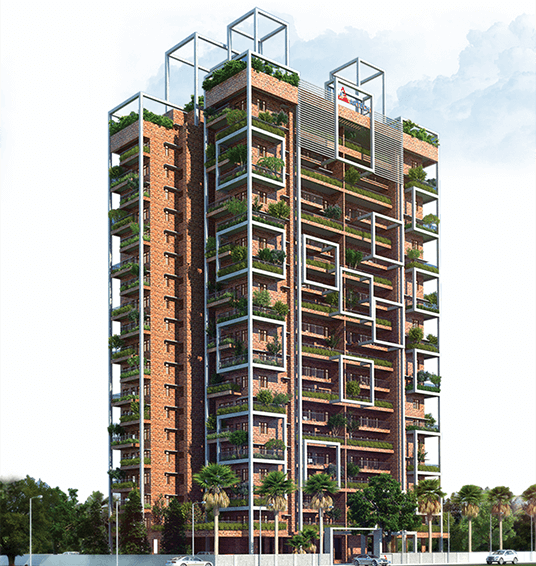
Being modern isn’t a fashion statement; rather it’s a state in time. And appreciating older states can help you understand the true essence of continuity between that which was and that which is present.
Just like with differences between modern and old art and music forms, so it is with architectural practices. Throughout history, trends have come and gone and with the application of advancing technologies, buildings have also evolved to become stronger and more resistant to natural disasters.
While earlier buildings depended on thick external stone walls and columns for strength and support, the modern buildings depend on steel reinforced RCC inner columns for strength and come with slimmer and more aesthetic walls. This also enables faster and cheaper construction of modern-day high-rises, while not denigrating ancient architectural marvels like the pyramids and the Parthenon.
The interesting thing is that what we consider as ancient architecture today was modern for that era in its time. And what we see today as modern architecture is basically an extension and adaptation of the good things from previous architectural formations and inherent cultures. While the purpose in the earlier era was to create comfortable and creative homes, the same mindset still exists today – with adaptations to the current concept of fashion.
The ancient architecture was more decorative in nature and included domes, carved arches and carved pillars which were a reflection of the locally available materials as well as the culture and tradition of the place. Classic Greek architecture, as well as Islamic architecture, has left numerous monuments that are still in existence today. The Taj Mahal from the Mughal era is a classic example of decorative traditional architecture from the past.
The current modern or post-modern form of architecture being practised today is all about simplistic, sleek lines that use a lot of high-quality materials. Modern architecture offers minimalistic, contemporary designs that that doesn’t use many colours and plays with geometric designs and complex engineering. The Parliament Library and the Lotus Temple are brilliant examples of modern architecture that employed the use of labour-intensive methods. They are a careful amalgamation and interpretation of the old and the new forms of architecture.
And when it comes to building homes, gone are the days when timber and stone homes were the norm. The inhabitants of the 21st century inhabit homes built of quality bricks and steel and glass – the kind that the ‘wolf’ cannot destroy, however much it huffs and puffs and tries to blow the house down!
The comparison between old architecture and modern architecture in the context of flats in Trivandrum offers a fascinating glimpse into the city’s evolving landscape. Trivandrum, the capital of Kerala, is known for its rich cultural heritage and diverse architectural styles. Old architecture in Trivandrum often reflects traditional Kerala designs, featuring intricate woodwork, sloping roofs, and open courtyards. These homes hold historical significance and a timeless charm. In contrast, modern architecture in flats throughout Trivandrum showcases sleek lines, innovative materials, and contemporary amenities. These modern flats offer comfort and functionality, designed to cater to the demands of a fast-paced urban lifestyle. The coexistence of both old and modern architectural styles in Trivandrum exemplifies the city’s ability to seamlessly blend tradition with innovation, allowing residents to choose between preserving the cultural past or embracing the conveniences of contemporary living.













